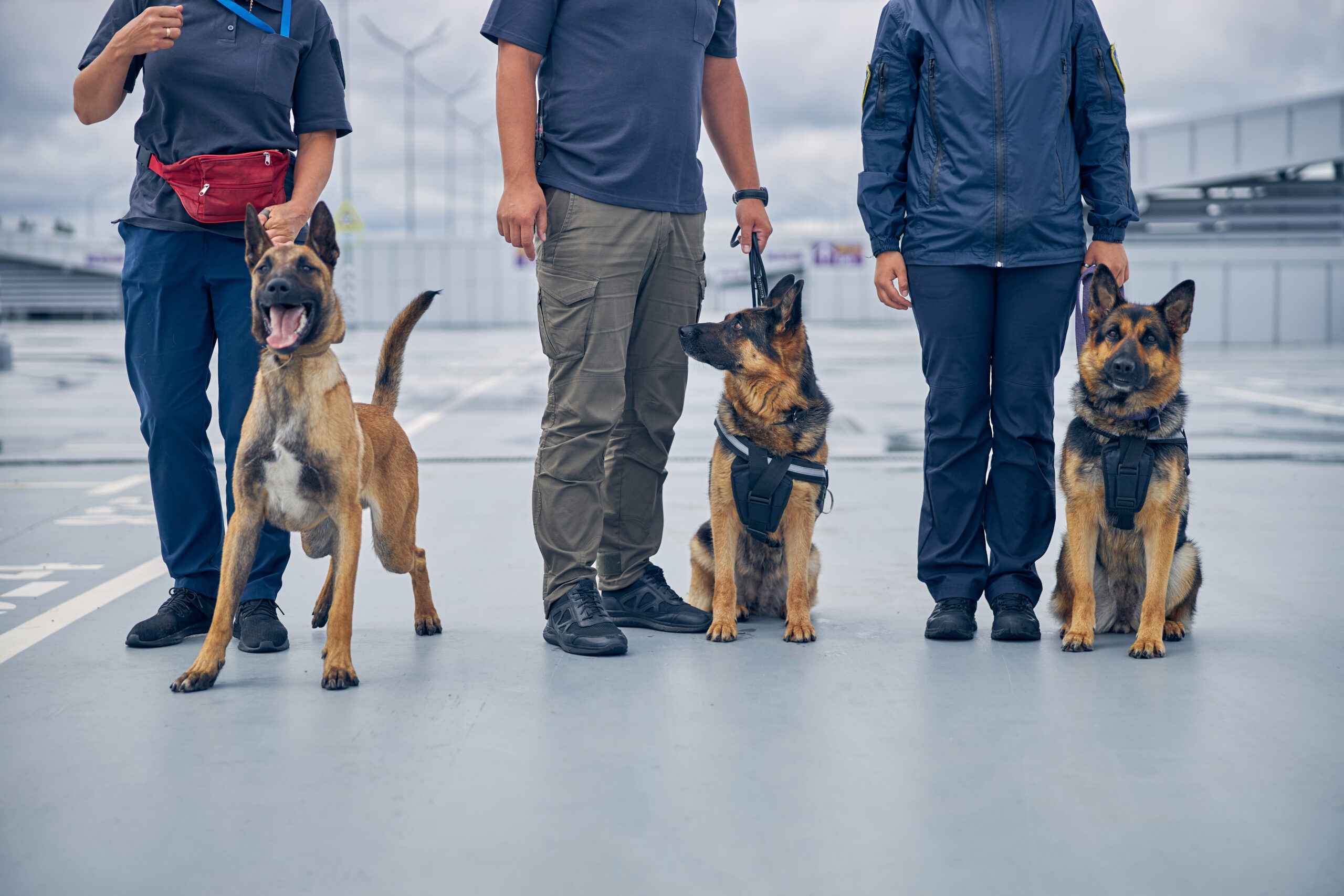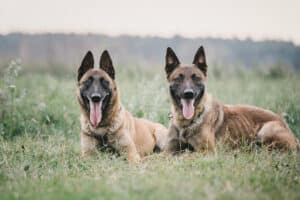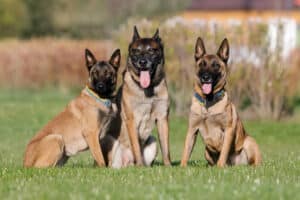






So, I was working with Zeus the other day—a 9-year-old German Shepherd who’s been protecting his family for seven years. His owner mentioned Zeus wasn’t bouncing back from training sessions like he used to.
No surprise there.
Just like us, dogs age. But the assumption that a senior protection dog is somehow less effective? Not true.
They’re not losing their edge; they’re simply entering a new phase of life—one that requires a little more care and consideration.
You know, the way you slow down and change your workout routine as you get older? It’s the same for your dog.
So, let’s talk about how to adapt to this new phase without losing the qualities that make your senior protection dog a guardian for life.
Most protection dogs start showing their senior age between 7 and 10 years old.
If you’ve got a larger breed like a German Shepherd or Belgian Malinois, you might notice these changes a bit earlier.
Smaller dogs tend to age slower, so you might not see noticeable changes until they’re about 12.
Manuel Lázaro, a veterinarian in Madrid, mentions that older dogs’ coats lose shine and elasticity. Gray hairs start showing up around their eyes and muzzle.
Not to mention, older dogs can develop conditions like urinary incontinence or heart murmurs, which can cause other issues like breathlessness or coughing.
That decade arrives with its baggage—sometimes subtly, sometimes like a freight train. You’ll see your once energetic guardian slow down, maybe take longer to get up after a nap, or lose a little of that youthful bounce in their step.
Even Zeus, once tireless, now appreciates a little more downtime—and that’s okay.

Here’s how to tweak their routine to fit their new pace.
Your dog might not be up for those high-intensity drills they used to crush. That’s fine. Focus on maintaining their skills without pushing them too hard.
Shorten the duration of bite work and tone down physical confrontations. The goal is to keep them sharp while prioritizing their health.
Swap out physically demanding tasks for mental challenges. Instead of expecting them to tackle an intruder, focus on scenarios where their bark or presence is the deterrent.
After all, most of the time, the sight of a well-trained protection dog is enough to make someone think twice.
Swimming, anyone? It’s a great way for older dogs to stay active without stressing their joints.
If swimming isn’t an option, consider shorter, more frequent walks, especially on soft surfaces like grass.
Aging often brings stiffness. To combat this, you can introduce exercises that target joint mobility and overall flexibility—think of it as doggy stretching.
Gentle balance work on wobble boards or low-key obstacle courses can help maintain coordination while being kind to their aging bodies.
Canine massages? They’re no longer a luxury at this stage—they help with joint stiffness and promote relaxation, which is crucial for their overall well-being.
Senior dogs often compensate for physical limitations with mental skills. It’s like they’re saying, “I may not be as fast, but I’m smarter.”
Try this to keep their mind active:
Also, reinforcing commands—both verbal and non-verbal—on a regular basis is important. If your dog’s hearing starts to go, hand signals will save the day.
Remember the days of two-hour training sessions? Yeah, those are over. Now we’re talking 15-20 minute bursts throughout the day. Trust me, your dog will thank you.

Here’s what works better:
Instead of focusing on physical confrontations, shift your dog’s role to being your early warning system.
They can still use their natural guarding instincts by barking or signaling when something feels off, saving their energy for what matters most.
In high-stress situations, train your dog to guard specific areas of your home.
Positioning them near entrances or vulnerable points can allow them to use their instincts to assess threats while conserving energy.
Senior dogs thrive when they have a balance of physical activity, mental stimulation, and restful relaxation.
Provide your dog with an orthopedic bed or cushions to relieve pressure on their joints.
A balanced diet is vital for maintaining your dog’s health as they age. Senior protection dogs often need fewer calories but more joint supplements to support mobility.
Speak with your veterinarian to adjust their diet accordingly, including vitamins and minerals that promote joint and cognitive health.
Frequent vet visits ensure that any age-related issues, such as arthritis or vision loss, are identified early.
Your vet can also recommend supplements or medications to help manage pain and maintain your dog’s overall well-being.
The last thing you need is a frustrated dog because you push them beyond their limits.
As we’ve been discussing, their training needs to be different now—more nuanced, more carefully paced, and expertly guided.
This is where bringing in a professional makes all the difference. Trainers who specialize in protection dogs can develop a tailored program that emphasizes mental stimulation and low-impact physical activities.
But it’s not just about keeping them active. A seasoned trainer can spot subtle changes in behavior that might signal discomfort or stress—things you might not notice right away.
They’ll adjust the training sessions to fit your dog’s current abilities, making sure it’s rewarding and enjoyable, not taxing.
Now, if you’re looking for top-tier guidance, Vanguard Protection Dogs is a great place to start.
Our trainers specialize in training and maintaining the skills of protection dogs while prioritizing their well-being.
With expert care, your senior dog can continue being the loyal protector they’ve always been—just at a pace that suits them better.
Contact us today for more information!